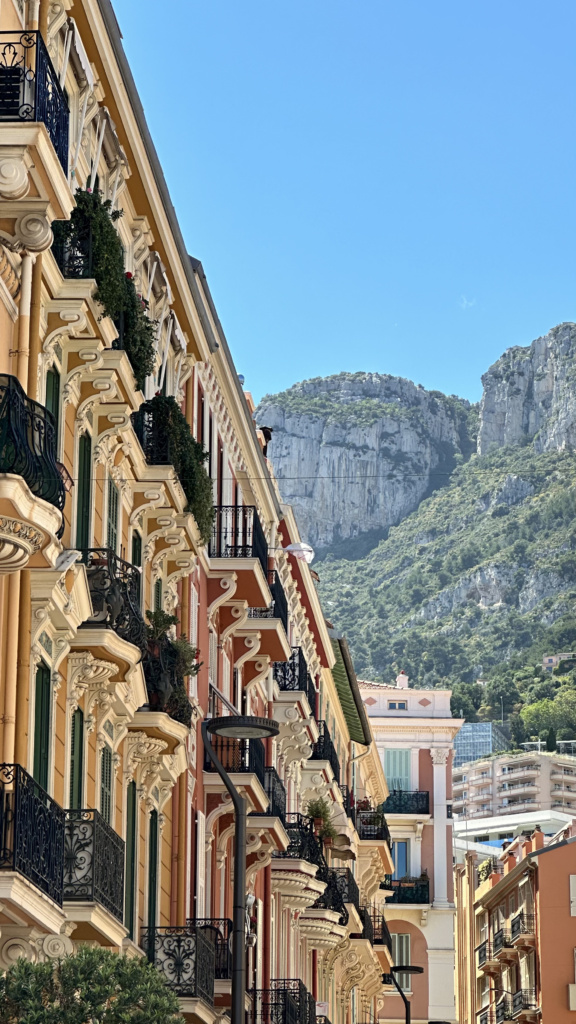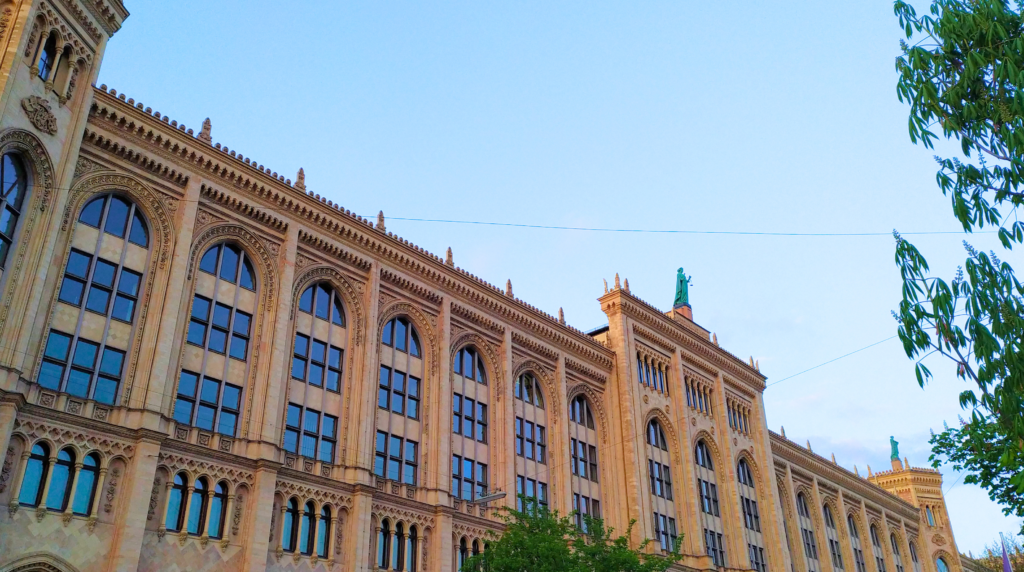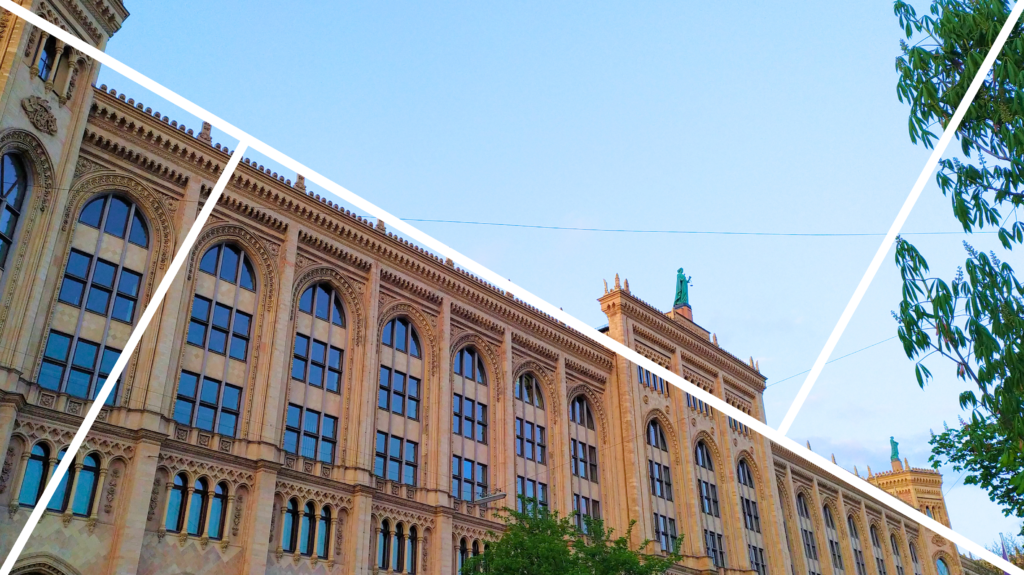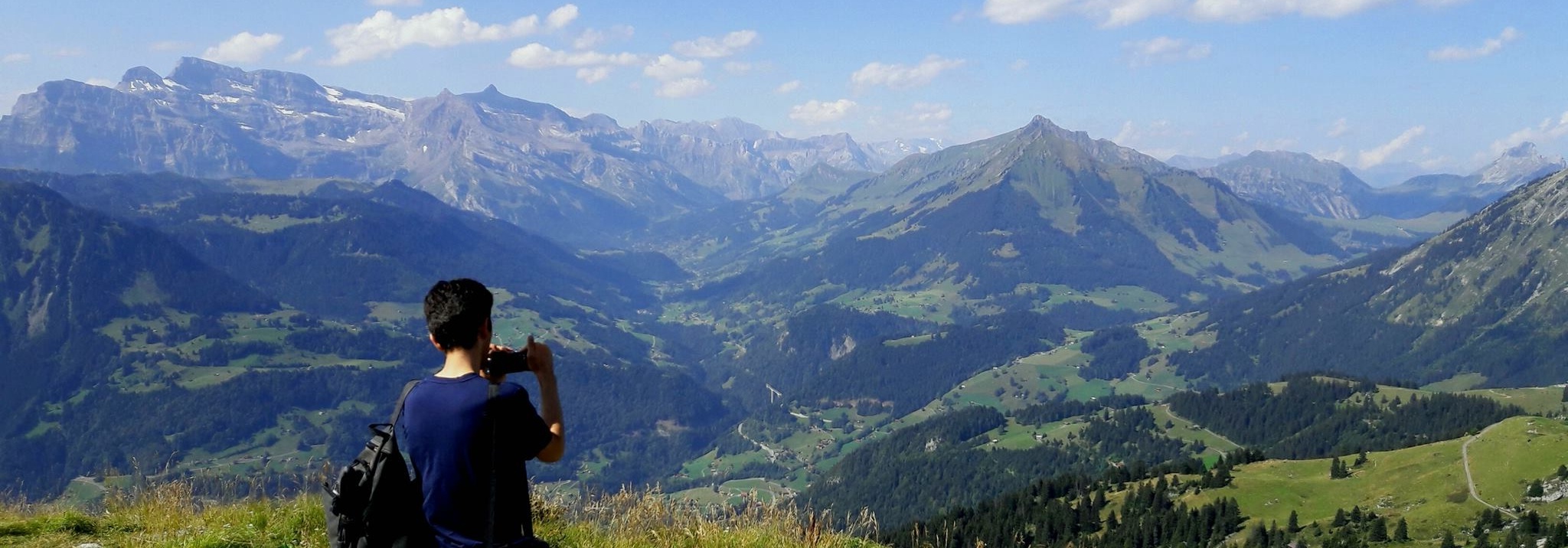
Think about cutting a sandwich diagonally into two triangles — it feels different than just cutting it straight across, right? That’s how the Golden Triangles Rule works in photography. It’s all about creating energy and balance by dividing your picture into triangles. Imagine drawing a diagonal line from one corner of your photo to the opposite corner, just like slicing that sandwich. Then, draw two more lines from the other corners that meet the diagonal at right angles. These lines create triangles in your photo, and the goal is to place important lines or shapes, like a sloping hill, a leaning tree, or the edge of a roof, along these diagonal lines. Key objects, like a person or animal, can stand out more when placed where the lines meet.
The Golden Triangles Rule is a photography technique that adds movement and flow to your pictures by encouraging you to align elements with diagonal lines. Unlike the calm and orderly nature of symmetry, this rule gives your photo a dynamic and adventurous feel.
Why It Works
Movement and Energy:
Triangles naturally make an image feel more dynamic. The combination of their sharp angles and directional energy creates visual tension, adding excitement and drama to your photo.
Cognitive Efficiency:
Triangles help structure your photo in a way that’s easy for the brain to process. The diagonal lines guide the viewer’s attention across the image, leading them to explore different areas rather than focusing on just one spot.
Aesthetic Pleasure:
Triangles bring a professional and artistic touch to photos. The intersecting lines of the Golden Triangles add depth and layers, making an image look visually appealing while maintaining a sense of balance.


Cultural and Artistic Influences
Triangular compositions have been used in art and photography for centuries to create striking and dynamic visuals. Examples from the fine arts can be Raphael’s “The Holy Family with a Lamb” and Caravaggio’s “The Supper at Emmaus“.
In modern photography, triangular divisions are often used to add a contemporary, dynamic touch to landscapes and portraits, creating drama and focus through careful alignment with the Golden Triangles grid.
In Pictures SKRC 6.1.2 you can see how a building’s slant angle fits neatly within the Golden Triangles, creating a balanced yet dynamic photo.



